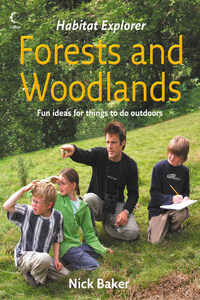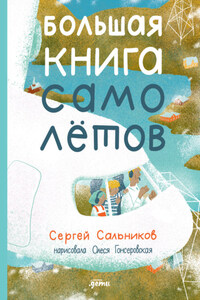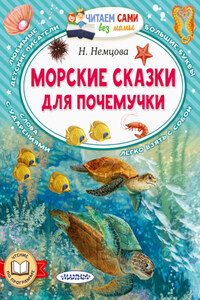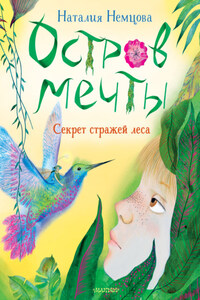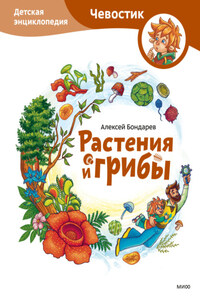There is no place like home. You may not think of looking for adventure among the patio tubs, behind the woodpile or even in the potting shed or window box, but it is there in abundance. The trick is to change your perspective on life, look at things from a different place and in a new way.
You may feel there is no interesting wildlife for hundreds of miles, but change your scale a bit and you can be running with predators every bit as ferocious as a lion or tiger. You can stalk creatures as exotic and alien in their appearance as any bird of paradise and witness phenomena that would boggle the mind of even the most world-weary scientist â all within a few metres of where you are sitting right now!
You donât believe me? Get out there and look. This book is about giving you wings to explore this seemingly familiar environment. Within these pages I give away little tips and tricks that make the natural world reveal itself in amazing ways. The pages are peppered with suggestions of things to look out for and â of course â some of the easier ways to interact with wildlife and make your own patch more attractive to the small creatures that live in your garden, window box or patio.
The basic requirements of life include somewhere to live and preferably with the other essentials to fuel and nourish: namely food and water. Even if you live somewhere that seems like a concrete desert, get down and look into the cracks and crevices and here you will find all the essentials for life. You just might be surprised as to what is living close to your own home. Look at a crack in a patio; this is shelter for something very small as, in here, there will be moisture and warmth.
You can also create homes and provide food and water to boost the number of species sharing your space; these ideas and more are explored within the pages of this book. Remember, though, this is not a comprehensive guide, so have fun, experiment and think about other ways you can encourage and study the wildlife around you.
Home Sweet Home â you may be lucky enough to have swallows nesting under your eaves.
All flowers lure insects; from bees and hoverflies to butterflies, they all add interest to your garden.
Where you have flying insects, you will also start attracting those that feed on them â birds, bats and, of course, spiders.
What kit you will need to explore your garden or park with very much depends on what your patch is like. If you have a little back yard in the city with hardly enough space to swing a net, you will explore it differently to someone who has a mountain in theirs. Having said this, there is interest to be found in any garden from an estate to a window box, and so here are a few bits of kit that I would find useful when exploring.
Binoculars These are always very useful, especially if you want to watch the details of the lives of birds and other insects without disturbing them. A pair of binoculars may be quite expensive to buy, but they are invaluable to a serious naturalist.
Magnifying glass/pocket microscope Most things you can make or improvise with, but a hand lens is an essential bit of kit. It neednât be expensive and you can pick one up for pocket money. If you want to turn greenfly into monsters, though, you may need a pocket microscope. This is a bit more expensive, but worth every penny and still a fraction of the price of a Playstation!
Notebook and pen/pencil Another one of those naturalistâs staples, itâs always good to make notes, keep diaries and draw the things you notice. It is something all the great naturalists from Darwin to Bill Oddie have done. It is surprising just how much and quickly we forget details.
Plastic pots and jars These are a staple of any naturalist anywhere; handy for storing specimens, rearing insects or simply holding onto something while you inspect it with a magnifying glass. Plastic bags can do a similar job and you can keep a handful in your pocket at any time. They are useful for storing botanical plants and, if you blow them up and tie the tops with string, you can make temporary containers from them.

